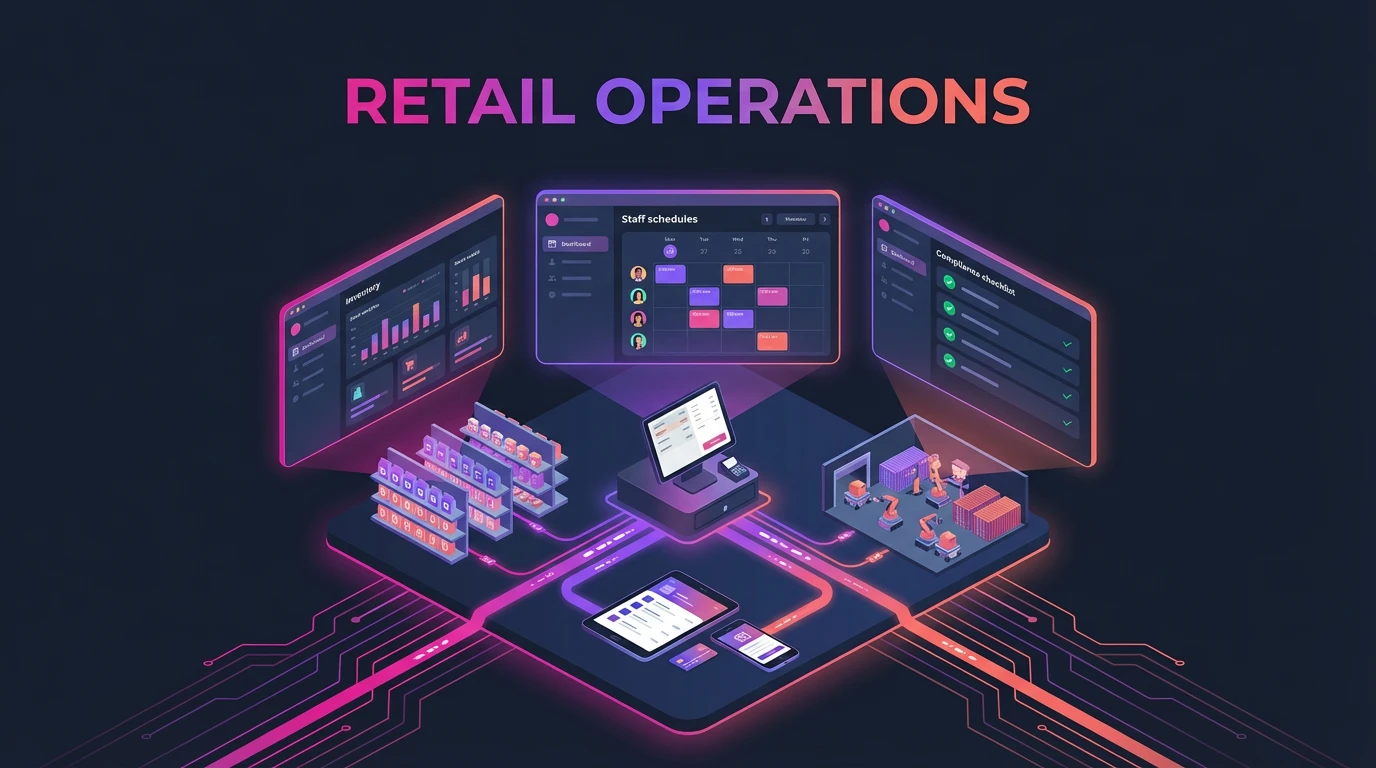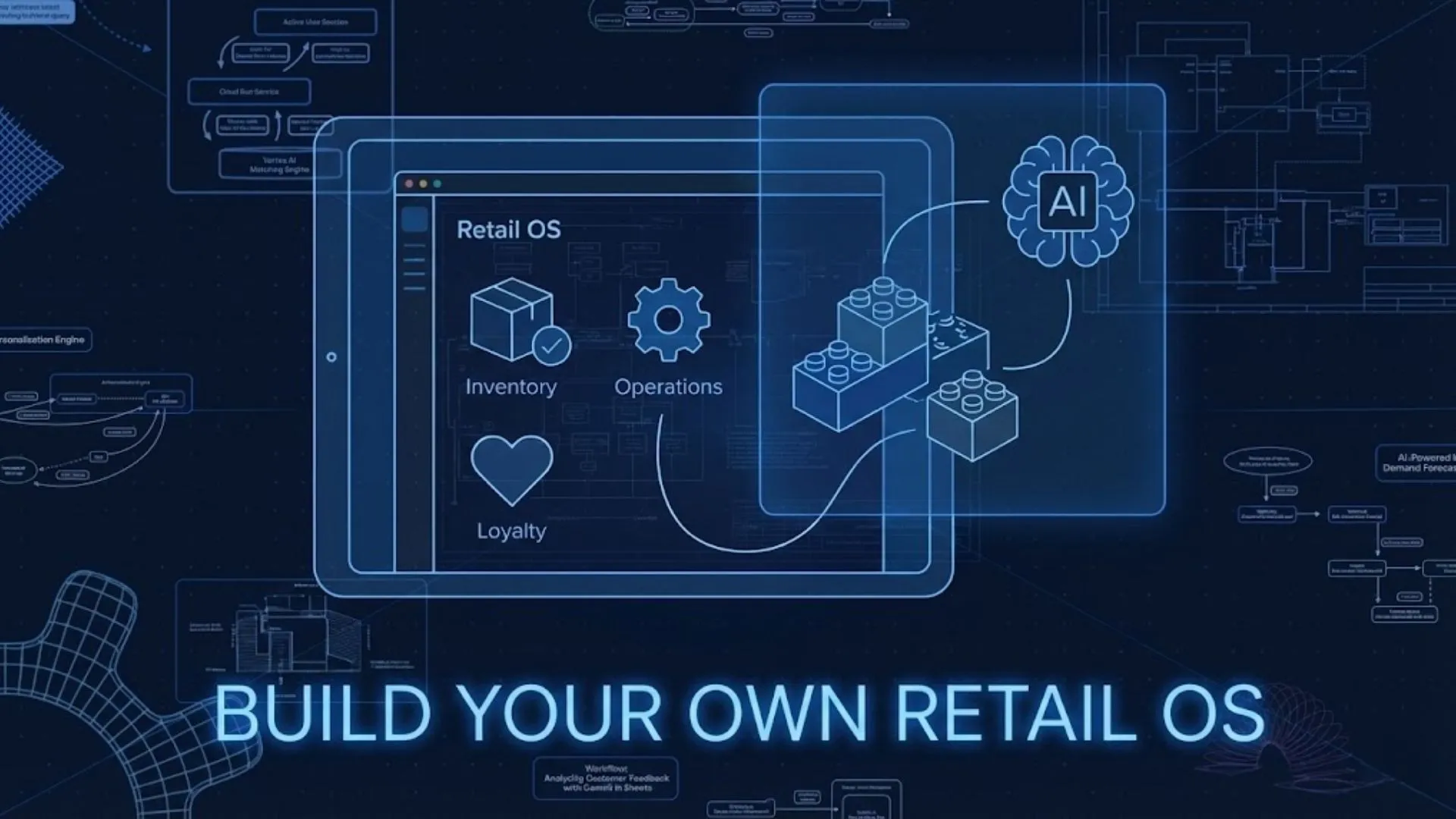
Efficiency is crucial for modern businesses. One of the most effective ways to achieve it is through workflow automation. But here’s the exciting part—you can automate workflows without writing a single line of code. What may sound like a dream is now a practical reality, thanks to no-code platforms and advanced automation tools.
In this guide, we’ll explore how workflow automation works, why it matters, and how you can implement it easily—even if you’re not a developer.
Launch Your App Today
Ready to launch? Skip the tech stress. Describe, Build, Launch in three simple steps.
BuildEfficiency is crucial for modern businesses. One of the most effective ways to achieve it is through workflow automation. But here’s the exciting part—you can automate workflows without writing a single line of code. What may sound like a dream is now a practical reality, thanks to no-code platforms and advanced automation tools.
In this guide, we’ll explore how workflow automation works, why it matters, and how you can implement it easily—even if you’re not a developer.
What is Workflow Automation?
Workflow automation is the use of technology to perform routine business tasks without manual intervention. From sending automatic follow-up emails to managing complex CRM updates, automation can significantly simplify operations.
The Core Concept
Workflow automation is about setting up rules and triggers to perform tasks automatically. It eliminates redundant manual work, reduces errors, and boosts operational consistency across your organization.
Why Automate Workflows?
Increase Efficiency and Productivity
By taking over repetitive tasks, automation frees up time for employees to focus on more strategic work. This boosts both individual productivity and organizational efficiency.
Improve Accuracy and Consistency
Automated workflows are less prone to human error. Whether it’s sending emails or managing inventory, automation ensures that tasks are completed the same way every time.
Save Time and Reduce Costs
Manual processes are time-consuming and expensive. Automation streamlines operations, reduces labor costs, and ensures better use of resources.
Where Can You Use Workflow Automation?
Customer Support
- Automate FAQs
- Route support tickets
- Trigger satisfaction surveys
Marketing
- Schedule and send personalized emails
- Manage social media posts
- Segment and target leads
Sales
- Follow up with leads
- Assign deals to reps
- Track conversions
Finance
- Automate invoicing and payment reminders
- Sync data with accounting systems
- Generate financial reports
Human Resources
- Automate onboarding
- Manage leave requests
- Process payroll
The Rise of No-Code Workflow Automation
In the past, setting up automation required custom code and technical expertise. Today, no-code platforms make this possible for everyone.
What Are No-Code Platforms?
No-code platforms offer drag-and-drop interfaces to build automated workflows. You can design complex logic visually without programming.
Popular No-Code Tools:
- Zapier: Connect apps to automate tasks
- Integromat (Make): Build visual, multi-step workflows
- Microsoft Power Automate: Robust automation for Microsoft apps
How No-Code Automation Works
Triggers
A trigger starts your workflow. For example, receiving a new form submission or email.
Actions
Actions are the tasks performed once the trigger is activated, like updating a database or sending a notification.
Example: Email to Cloud Storage
When you receive an email with an attachment:
- Trigger: New email received
- Action: Save attachment to Dropbox or Google Drive
Getting Started: Step-by-Step
1. Identify Repetitive Tasks
Start by listing tasks that are done repeatedly. These are ideal candidates for automation.
2. Analyze and Map the Process
Understand the steps involved in the current process. Identify where automation can bring efficiency.
3. Choose a No-Code Platform
Pick a platform that suits your workflow complexity and integrates well with your existing tools.
4. Build Your Workflow
Design the automation using the platform’s visual editor. Define triggers and corresponding actions.
5. Test and Optimize
Run the automation, test for edge cases, and gather feedback. Refine it regularly for better performance.
Key Benefits of No-Code Automation
Cost-Effective
No need for expensive developers or custom software.
Fast Implementation
Get workflows up and running in hours—not weeks.
Accessible to Everyone
Anyone in your organization can automate, not just the IT team.
Scalable
Easily expand your workflows as your business grows.
Small E-commerce Store
Automates order confirmation, updates inventory, and notifies customers in real-time.
Marketing Agency
Schedules social media posts, tracks performance, and updates clients with weekly reports.
Finance Firm
Streamlines onboarding, compliance checks, and document management.
Healthcare Provider
Automates appointment reminders, follow-up emails, and patient record updates
Final Thoughts
Workflow automation is no longer reserved for developers or large enterprises. With no-code platforms, anyone can streamline operations, save time, and improve accuracy—all without touching a single line of code.
Imagine.Bo is one such platform designed to empower non-technical users. Just describe the workflow you want, and the platform builds it for you.
Now is the time to automate smarter. Start exploring no-code tools and unlock your business’s true potential.
FAQs: No-Code Workflow Automation
- Can I automate multi-step processes involving several tools?
Yes. Most no-code platforms like Zapier and Make (Integromat) allow you to chain multiple actions across different tools in a single automated workflow. - Do I need a paid plan to start with no-code automation?
Many no-code tools offer free tiers with basic functionality. However, for advanced workflows, app integrations, or higher usage limits, a paid plan is often required. - Is no-code automation secure for handling sensitive business data?
Reputable no-code platforms use encryption, secure APIs, and adhere to data compliance standards like GDPR. Always review a platform’s security policy before integrating sensitive workflows. - Can I schedule workflows to run at specific times?
Yes. Many platforms allow time-based triggers, letting you run workflows hourly, daily, or at custom intervals—even without external events. - What happens if a workflow fails? Will I get notified?
Most no-code tools include error handling features. You can configure alerts or fallback actions if a workflow fails, so issues can be resolved quickly. - Can I customize logic, like “if this, then that” rules, without coding?
Absolutely. Conditional logic is a core feature of no-code platforms, allowing you to create smart workflows based on conditions and variables. - Are there limitations on the number of workflows or tasks?
Free plans often limit the number of active workflows or monthly tasks. Paid plans offer higher limits and advanced features like versioning and priority task queues. - Do these tools integrate with CRM, ERP, and email marketing software?
Yes. Popular platforms offer built-in integrations with hundreds of apps like Salesforce, HubSpot, Mailchimp, QuickBooks, Slack, and more. - Is there a way to visualize or map out workflows before deploying them?
Many tools offer flowchart-style editors or canvas views where you can plan and test workflows before going live. - Can I automate internal approval workflows, like leave requests or expense approvals?
Yes. No-code tools can automate approval chains using forms, conditional logic, and email or Slack notifications to route requests for review and sign-off.
Launch Your App Today
Ready to launch? Skip the tech stress. Describe, Build, Launch in three simple steps.
Build




